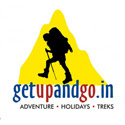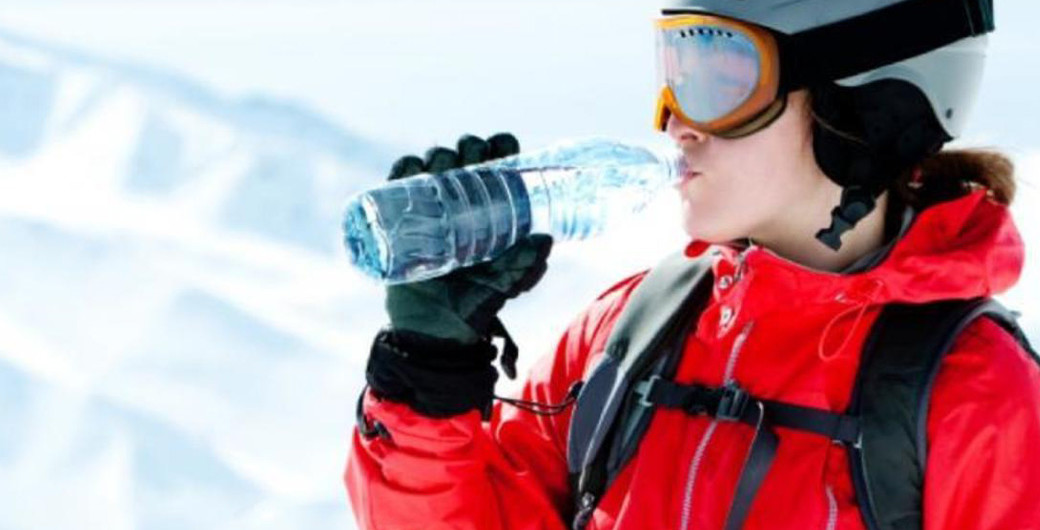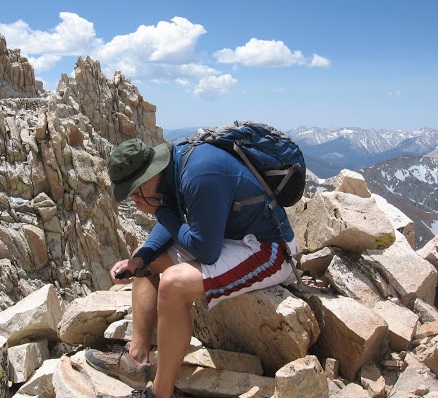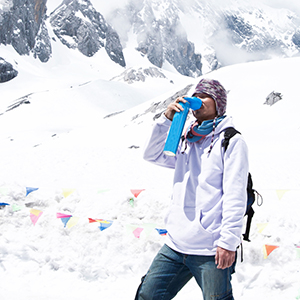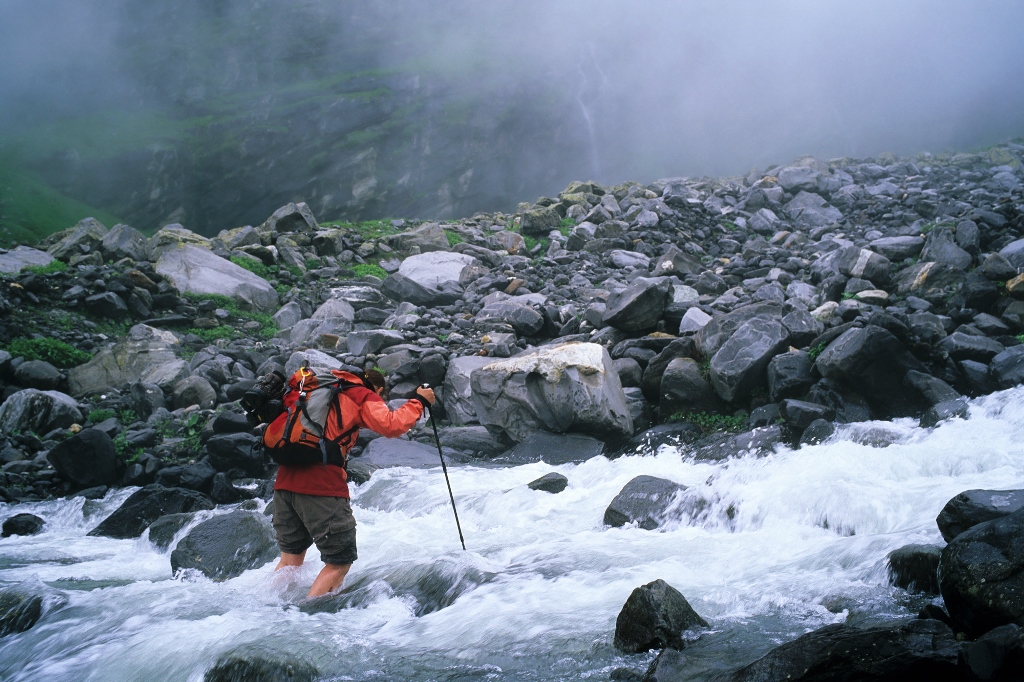Also known as: High altitude cerebral edema; Altitude anoxia; Altitude sickness; Mountain sickness; High altitude pulmonary edema
Acute mountain sickness is an illness that can affect mountain climbers, hikers, skiers, or travelers at high altitude (typically above 8,000 feet or 2,400 meters).
Causes, incidence, and risk factors
Acute mountain sickness is due to a combination of reduced air pressure and lower oxygen levels at high altitudes.
The faster you climb to a high altitude, the more likely you will get acute mountain sickness. Your symptoms will also depend on the speed of your climb and how hard you push (exert) yourself.
You are at higher risk for acute mountain sickness if:
- You live at or near sea level
- You had the illness before
Symptoms
Symptoms range from mild to life-threatening, and can affect the nervous system, lungs, muscles, and heart.
In most cases, the symptoms are mild. Symptoms generally associated with mild to moderate acute mountain sickness include:
- Difficulty sleeping
- Dizziness or light-headedness
- Fatigue
- Headache
- Loss of appetite
- Nausea or vomiting
- Rapid pulse (heart rate)
- Shortness of breath with exertion
Symptoms generally associated with more severe acute mountain sickness include:
- Bluish discoloration of the skin (cyanosis)
- Chest tightness or congestion
- Confusion
- Cough
- Coughing up blood
- Decreased consciousness or withdrawal from social interaction
- Gray or pale complexion
- Inability to walk in a straight line, or to walk at all
- Shortness of breath at rest
Signs and tests
Listening to the chest with a stethoscope (auscultation) reveals sounds called crackles (rales) in the lung, which may be a sign of fluid in the lungs.
A chest x-ray may be performed.
Treatment
Early diagnosis is important. Acute mountain sickness is easier to treat in the early stages.
The main treatment for all forms of mountain sickness is to climb down (descend) to a lower altitude as rapidly and safely as possible. You should not continue climbing if you develop symptoms.
Extra oxygen should be given, if available.
People with severe mountain sickness may need to be admitted to a hospital.
Acetazolamide (Diamox) may be given to help improve breathing and reduce mild symptoms. This drug can cause increased urination. Make sure you drink plenty of fluids and avoid alcohol when taking this drug.
If you have fluid in your lungs (pulmonary edema), treatment may include:
- Oxygen
- A high blood pressure medicine called nifedipine
- A type of drug called a phosphodiesterase inhibitor (such as sildenafil)
- Lung inhalers beta agonists
- A breathing machine, in severe cases
Dexamethasone (Decadron) may help reduce swelling in the brain (cerebral edema).
Portable hyperbaric chambers allow hikers to simulate conditions at lower altitudes without actually moving from their location on the mountain. These devices are very helpful if bad weather or other factors make climbing down the mountain impossible.
Expectations (prognosis)
Most cases are mild, and symptoms improve promptly when you climb down the mountain to a lower altitude.
Severe cases may result in death due to lung problems or brain swelling.
In remote locations, emergency evacuation may not be possible, or treatment may be delayed. This can have a negative affect on your outcome.
Complications
- Coma
- Fluid in the lungs (pulmonary edema)
- Swelling of the brain
Calling your health care provider
Call your health care provider if you have or had symptoms of acute mountain sickness, even if you felt better when you returned to a lower altitude.
Call 911 or your local emergency number if you or another climber have any of the following symptoms:
- Severe breathing problems
- Altered level of alertness
- Coughing up blood
Climb down the mountain immediately and as safely as possible.
Prevention
Keys to preventing acute mountain sickness include:
- Climb the mountain gradually
- Stop for a day or two of rest for every 2,000 feet (600 meters) above 8,000 feet (2,400 meters)
- Sleep at a lower altitude when possible
- Learn how to recognize early symptoms of mountain sickness
If you are traveling above 9,840 feet (3,000 meters), you should carry enough oxygen for several days.
If you plan on quickly climbing to a high altitude, ask your doctor about a medication called acetazolamide (Diamox). This drug helps your body get used to higher altitudes more quickly, and reduces minor symptoms. It should be taken the day before you climb, and then for the next 1 to 2 days.
If you are at risk for anemia, ask your doctor if an iron supplement is right for you. Anemia lowers the amount of oxygen in your blood.
While climbing:
- Drink plenty of fluids
- Avoid alcohol
- Eat regular meals, high in carbohydrates
You should avoid high altitudes if you have heart or lung disease.
References
Hackett PH, Roach RC. High-altitude medicine. In: Auerbach PS, ed. Wilderness Medicine. 5th ed. Philadelphia, Pa: Mosby Elsevier; 2007:chap 1.
Schoene RB, Swenson ER. High Altitude. In: Mason RJ, Murray JF, Broaddus VC, Nadel JA, eds. Textbook of Respiratory Medicine. 4th ed. Philadelphia, Pa: Saunders Elsevier; 2005: chap 65.
Wright A, Brearey S, Imray C. High hopes at high altitudes: pharmacotherapy for acute mountain sickness and high-altitude cerebral and pulmonary oedema. Expert Opin Pharmacother. 2008;9(1):119-127.
Yaron, M, Honigman, B. High- Altitude Medicine. In: Marx JA, Hockberger RS, Walls RM, et al., eds. Rosen’s Emergency Medicine: Concepts and Clinical Practice. 7th ed. Philadelpha, Pa: Mosby Elsevier; 2009: chap 42.
Reviewed By: Jacob L. Heller, MD, MHA, Emergency Medicine, Virginia Mason Medical Center, Seattle, Washington. Also reviewed by A.D.A.M. Health Solutions, Ebix, Inc., Editorial Team: David Zieve, MD, MHA, David R. Eltz, Stephanie Slon, and Nissi Wang.
 |
A.D.A.M., Inc. is accredited by URAC, also known as the American Accreditation HealthCare Commission (www.urac.org). URAC’saccreditation program is an independent audit to verify that A.D.A.M. follows rigorous standards of quality and accountability. A.D.A.M. is among the first to achieve this important distinction for online health information and services. Learn more about A.D.A.M.’s editorial policy, editorial process and privacy policy. A.D.A.M. is also a founding member of Hi-Ethics and subscribes to the principles of the Health on the Net Foundation (www.hon.ch). |
